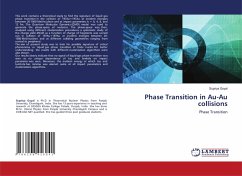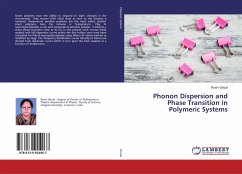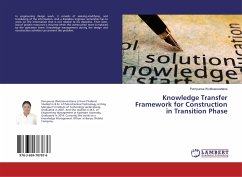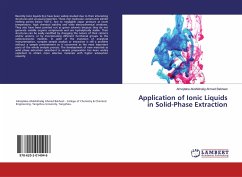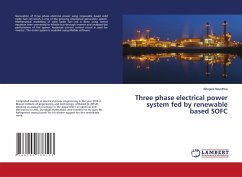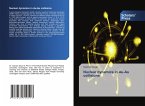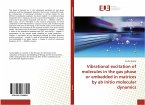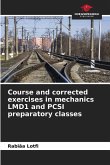This work contains a theoretical study to find the signature of liquid gas phase transition in the collision of 197Au+197Au at incident energies between 20-1000 MeV/nucleon and at impact parameters b = 0, 4, 8, and 12 fm. The Quantum Molecular Dynamics (QMD) model was used to generate the phase-space of nucleons. The phase-space was, then, analyzed using different clusterization procedures. a systematic study of the charge yield dN/dZ as a function of charge of fragments was carried out in collision of 197Au+197Au at incident energies between 20-1000 MeV/nucleon and at different colliding geometries ranging from central to peripheral.The aim of present study was to look for possible signature of critical phenomena i.e. liquid gas phase transition in finite nuclei. For better understanding, the results with different clusterization algorithms were also shown. Our results clearly indicate that no signal of liquid-gas phase transition was seen as no unique dependence of tau and lambda on impact parameter was seen. Moreover, the incident energy at which tau and lambda has minima was alsonot same at all impact parameters and clusterization algorithms.
Bitte wählen Sie Ihr Anliegen aus.
Rechnungen
Retourenschein anfordern
Bestellstatus
Storno

